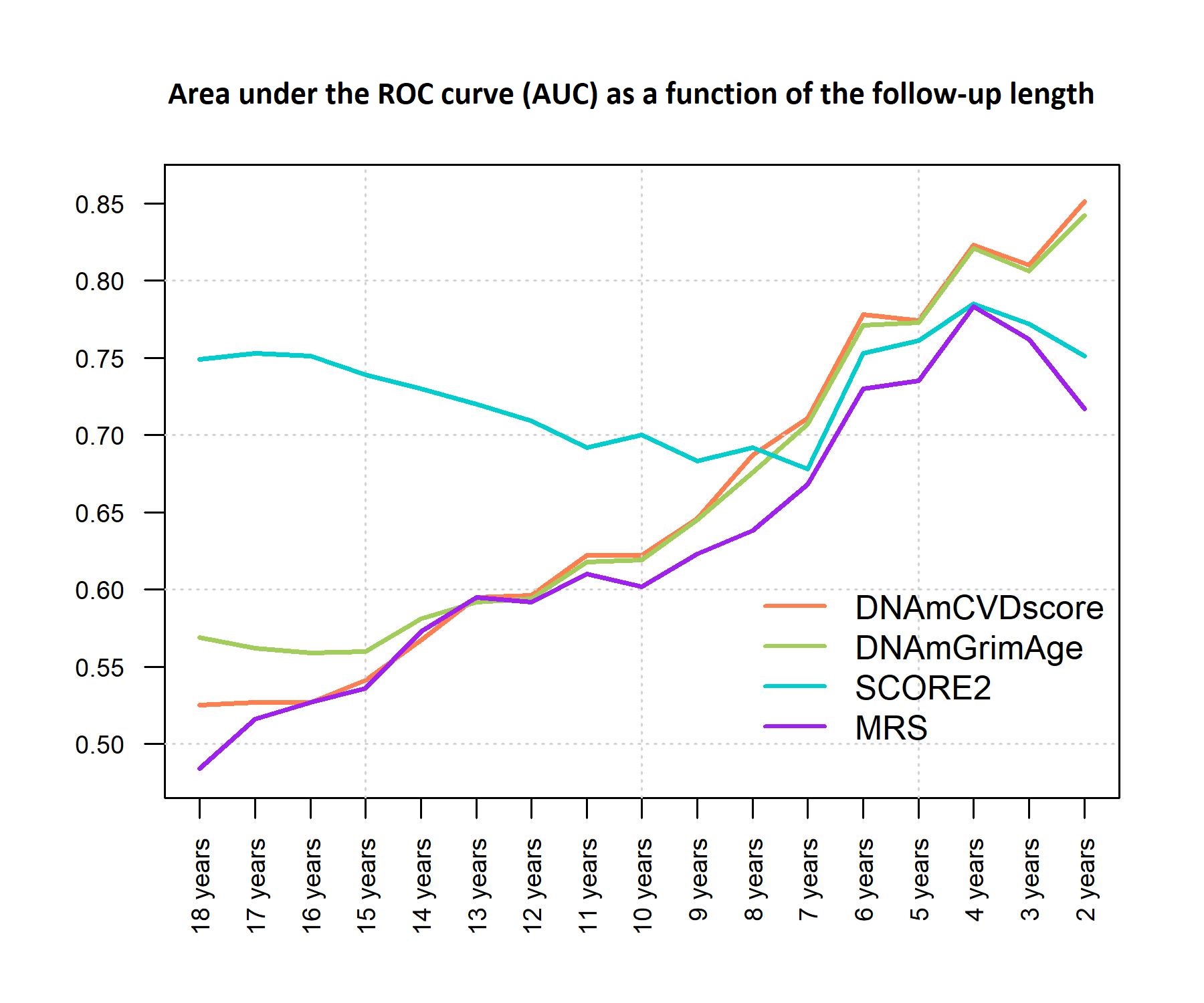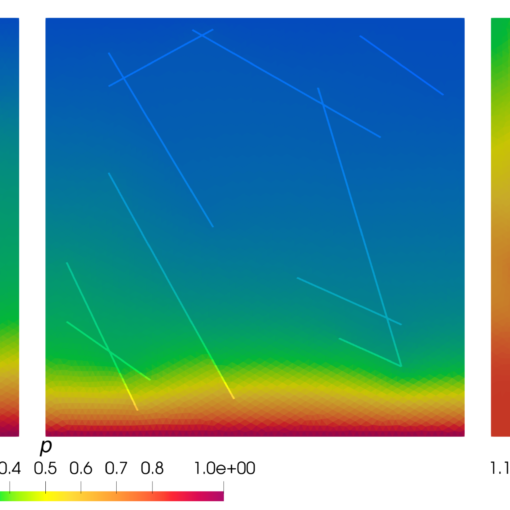A new MOX report entitled “A blood DNA methylation biomarker for predicting short-term risk of cardiovascular events” by Cappozzo, A.; McCrory, C.; Robinson, O.; Freni Sterrantino, A.; Sacerdote, C.; Krogh, V.; Panico, S.; Tumino, R.; Iacoviello, L.; Ricceri, F.; Sieri, S.; Chiodini, P.; Kenny, R.A.; O’Halloran, A.; Polidoro, S.; Solinas, G.; Vineis, P.; Ieva, F.; Fiorito, G.; has appeared in the MOX Report Collection.
The report can be donwloaded at the following link:
https://www.mate.polimi.it/biblioteca/add/qmox/24/2022.pdf
Abstract: Background. Evidence highlights the epidemiological value of DNA methylation (DNAm) for predicting cardiovascular diseases (CVDs). DNAm surrogates of exposures and risk factors predict diseases and longevity better than self-reported or measured exposures in many cases. Composite biomarkers based on DNAm surrogates, ‘next generation’ epigenetic clocks trained on time-to-death, constitute non-specific biomarkers representing the general health status rather than disease-specific signatures. Training a model on cardiovascular-specific risk factors may improve the identification of high-risk populations for CVD. Methods. We developed a DNAm-based biomarker predictive of short-term risk for CVD using a twostep approach: 1) development and validation of novel DNAm surrogates for cardiovascular risk biomarkers; 2) development and validation of a DNAmCVDscore as a combination of DNAm surrogates. In an independent testing set, we compared the prediction performance of DNAmCVDscore with (a) the ‘next-generation’ epigenetic clock DNAmGrimAge, (b) a DNAm score for CVD derived through a single-step approach, MRS, and (c) the current state-of-the-art prediction model based on traditional CVD risk factors, SCORE2. Results. We presented novel DNAm surrogates for BMI, blood pressure, fasting glucose and insulin, cholesterol, triglycerides, and coagulation biomarkers, validated in independent datasets. Further, we derived a DNAmCVDscore outperforming the model based on traditional CVD risk factors and other epigenetic biomarkers for predicting short-term cardiovascular events. Conclusions. We provided novel DNAm surrogates useful for future epidemiological research, and we described a DNAm based composite biomarker, DNAmCVDscore, predictive of short-term CVD. Our results highlight the usefulness of DNAm surrogate biomarkers of risk factors and exposures to identify high-risk populations.



